Air Force and Aerospace Forces of Iran. Development problems
The Islamic Republic of Iran has a distinctive military structure. At the same time, the Army and the Islamic Revolutionary Guard Corps serve with different functions and tasks. At the same time, both structures have all the necessary types of troops and types of armed forces. Thus, the Air Force of the Army and the aerospace forces of the IRGC are simultaneously responsible for protecting the country's airspace and attacking enemy targets.
Features of the structure
The Iranian Air Force from the Army as a whole corresponds to the traditional understanding of the role and tasks of this type of armed forces. They unite airbases, various formations and subunits, as well as various auxiliary structures. The task of the Air Force is to protect the country's airspace, monitor the situation in strategically important areas near Iran, conduct hostilities, etc. It should be noted that the Air Force is equipped with only aviation equipment and only the operational-tactical level. The number of personnel is 18 thousand people.
AKS IRGC is distinguished by a range of tasks to be solved and, accordingly, a more complex structure. They include combat and auxiliary aviation formations and air defense units. In addition, it is the aerospace forces that are responsible for the operation and use of strategic missile weapons. The AKC serves approx. 15 thousand people
Such a division of the air force is directly related to the specifics of military construction in Iran. At the same time, it is believed that such a structure allows combat units for various purposes to solve all assigned tasks, from transporting goods and training personnel to striking with aerial bombs or ballistic missiles.
Air Force Composition
Several commands are subordinate to the Air Force headquarters: aviation, training, rear and communications. Forces formations are divided between four operational zones on a geographical basis: "North", "Center", "South" and "East". Bases and squadrons are divided between operational zones according to their size and responsibilities.

Iranian fighters and tanker. Photo Tasnimnews.com
The air command is subordinate to the bases to which various squadrons are assigned. Depending on the composition of the units, the bases are divided into fighter (9 units), mixed / joint (3 units), and separate transport (2 units). 32 combat squadrons and dozens of auxiliary units are serving on them.
The Air Force and the AKS have a developed network of airfields. In addition to 14 active bases, more than two dozen reserve bases are used. They can be used for the operational deployment of aviation, the delivery of goods in the interests of the ground forces, etc.
The Air Force has more than 300 combat aircraft of various types. A characteristic feature of the park is the presence of only imported equipment, mostly of a large age, obtained even before the revolution. F-5 training and combat aircraft, as well as American-made F-4 and F-14 fighters are still in service. A significant share of the fleet is made up of Soviet / Russian-made MiG-29 and Su-24 aircraft. Anti-submarine aviation is represented by imported P-3.
There is a fairly large military transport aviation - more than 110 units, represented by aircraft of all classes, up to the heavy Il-76 and C-130. Helicopters are represented only by transport vehicles in the amount of approx. 30 units There are no attack helicopters.
Aerospace Forces
The AKS of the IRGC includes several commands for different purposes - missile, aviation, air defense command, training, as well as communications and logistics commands. Such a structure is associated with a wider range of tasks to be solved and serious differences in the equipment in service.
The AKS missile forces include 6 missile brigades armed with operational-tactical complexes, as well as short and medium-range systems. It is reported that there are up to 100 short-range complexes and up to 50 medium-range systems. In recent years, land-based cruise missiles have entered service.
AKS IRGC includes 6 air bases and 8 mixed air groups. Combat aviation is represented by several squadrons using relatively old technology. The rest of the fleet includes training and transport aircraft, as well as transport and combat helicopters. In terms of the total number of equipment and types of vehicles, the AKS aviation is similar to the Air Force. In this case, there is only approx. 50 combat and approx. 20 combat training aircraft.
The Aerospace Forces have their own mixed air defense forces. They are capable of solving the tasks of object and military air defense, complementing similar units from the Army. In this case, one of the main tasks is to cover the strategic missile forces.
In service are radar stations of different classes, up to the strategic over-the-horizon radar "Gadir". A radar field has been created, covering most of the country's borders and surrounding areas.
To combat air targets, towed and self-propelled artillery mounts of several types with small-caliber guns are used. A group of short and medium-range anti-aircraft missile systems has also been created. Some of the air defense systems were purchased abroad, incl. in our country (ZSU-23-4, "Kvadrat", "Tor-M1", etc.). Others are developed and released independently.
Development problems
The division of military aviation, strategic missile forces and air defense forces between the two structures of the Army and the Guard Corps generally suits the command of the Iranian armed forces. This structure has been preserved for many years, and there are no plans to rebuild it. Only individual parts and subdivisions are subject to some changes in the order of optimization.
The development of the Air Force fleet over the past few decades has been carried out only through self-repair and modernization of existing vehicles. Despite all efforts, its own production of combat and auxiliary aircraft and helicopters is still absent, and the purchase of equipment abroad is becoming impossible. Also, work is underway to create aircraft weapons - copies of foreign samples, their development and completely own developments.
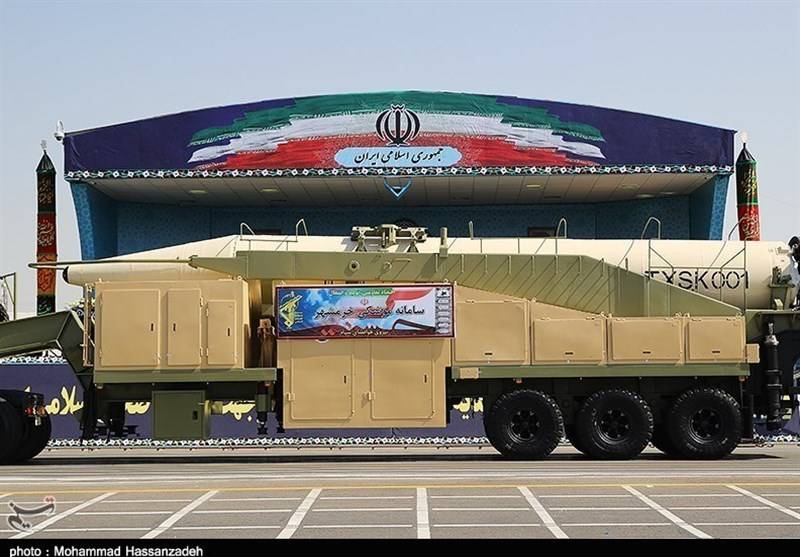
The Khorramsher missile system at the parade. Photo Tasnimnews.com
AKC IRGC is developing more actively, but these processes are uneven. The aviation component of these forces, like the Air Force, cannot boast of modern models. At the same time, the development and strengthening of the strategic missile forces has a high priority. The results of such processes are well known - and cause concern for neighboring countries. In addition, measures are being taken to create and improve air defense systems of various levels.
In general, the state of Iran's air and aerospace forces cannot be called ideal. There are serious problems with the age and condition of the main part of the equipment, and there are no opportunities for a comprehensive radical modernization. Nevertheless, all possible measures are being taken to maintain the state of the troops and ensure maximum combat effectiveness. Thanks to this, the Air Force and the AKS continue to serve, provide national security and deter potential adversaries.

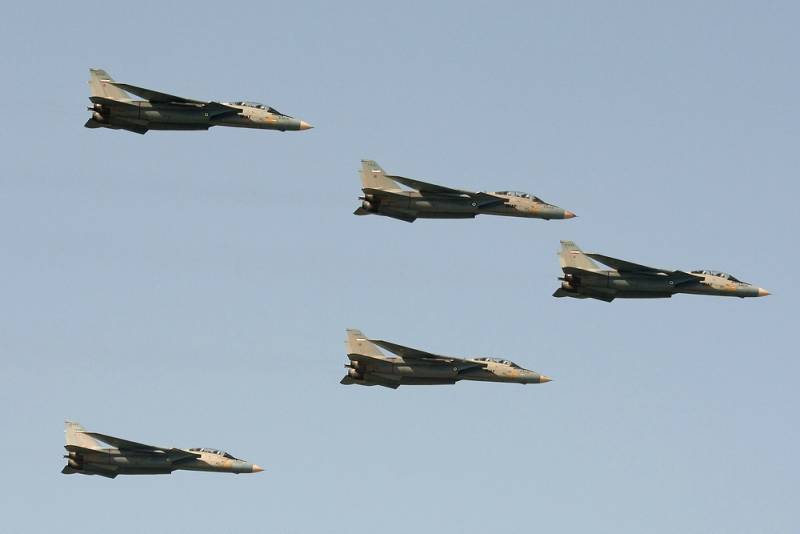
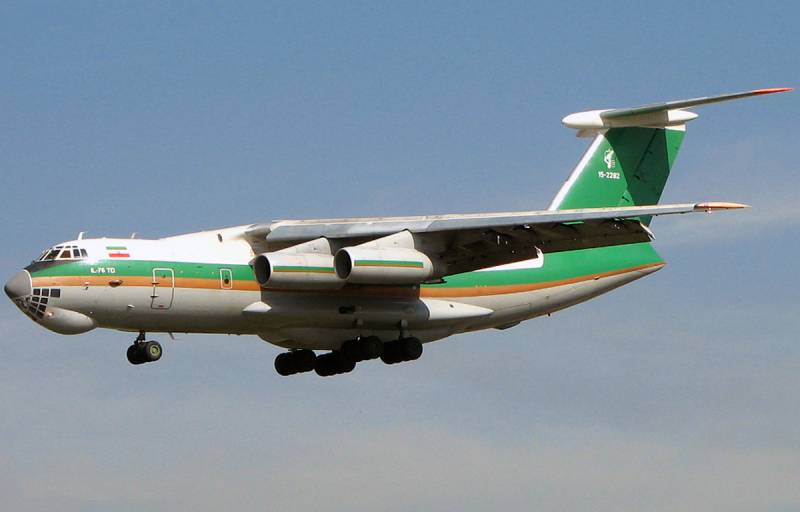
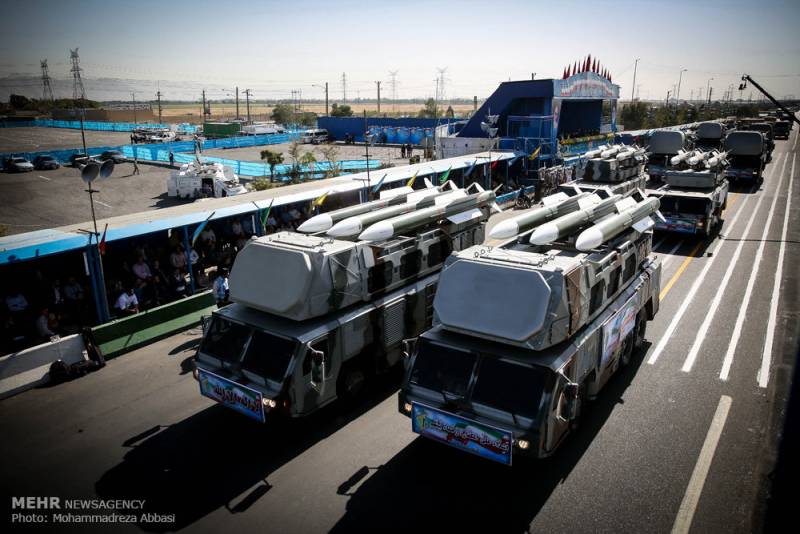
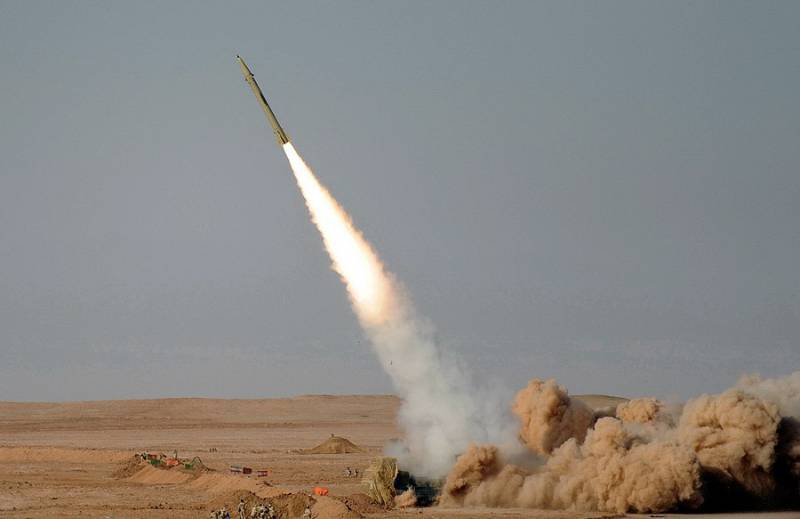
Information